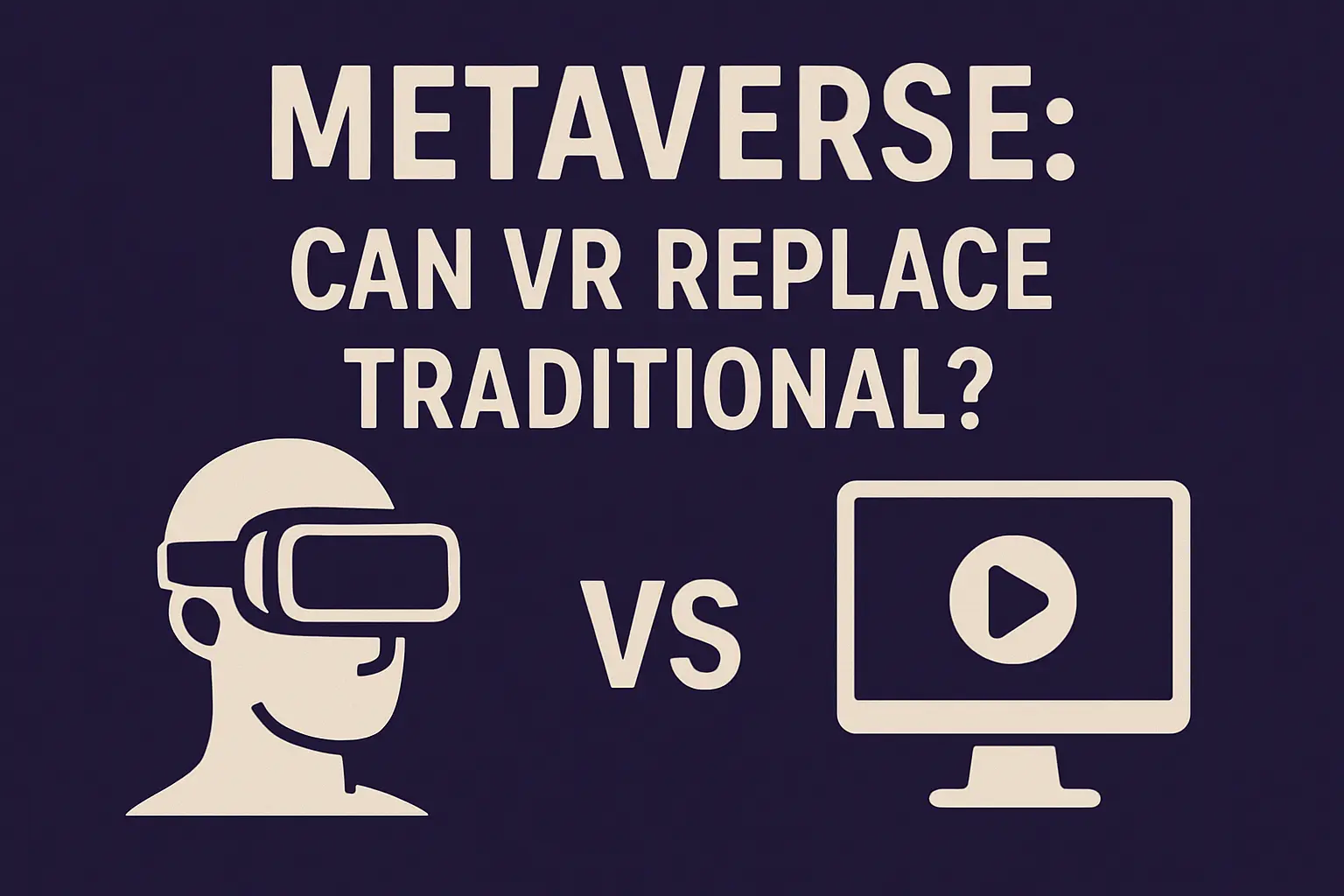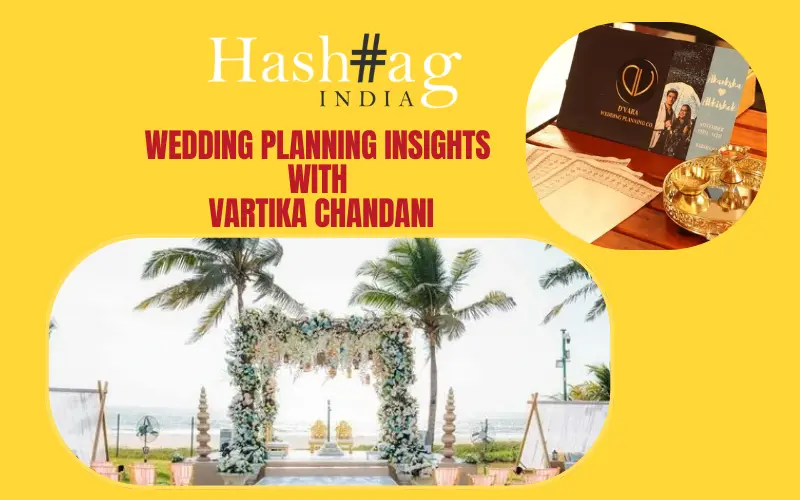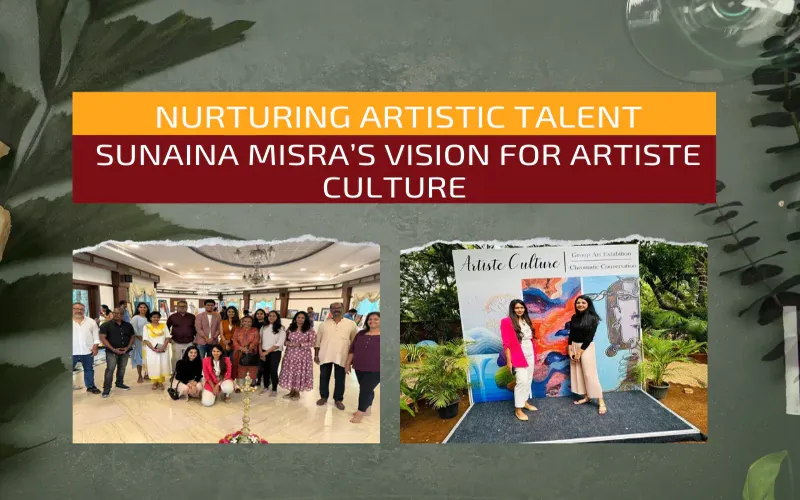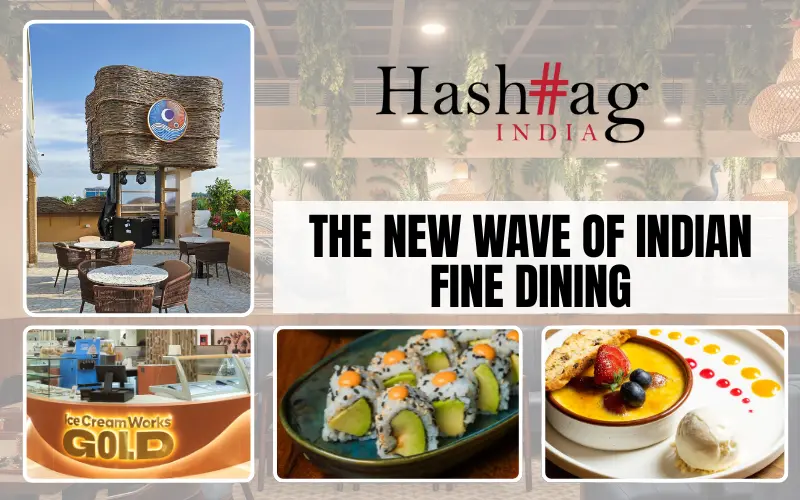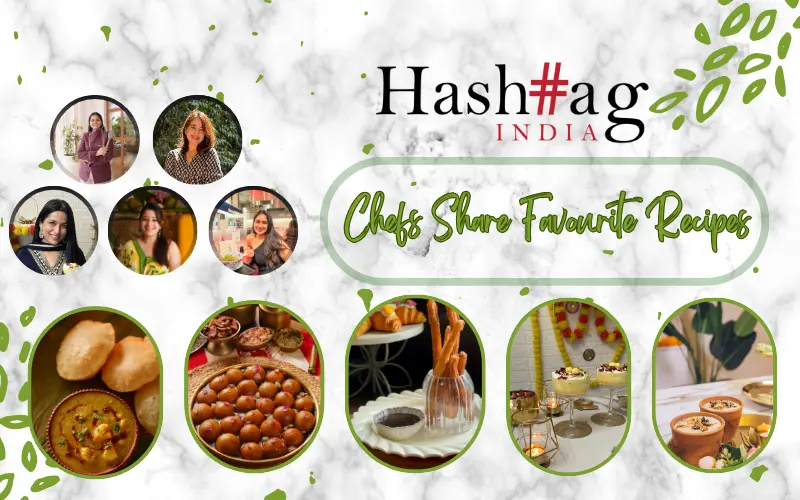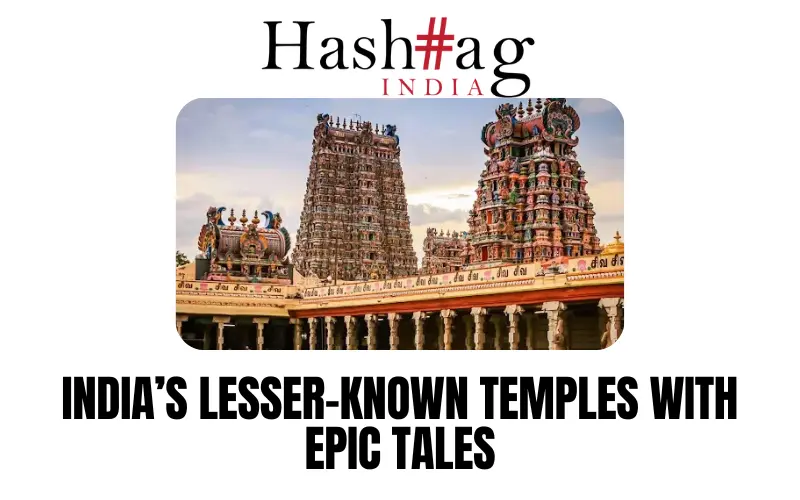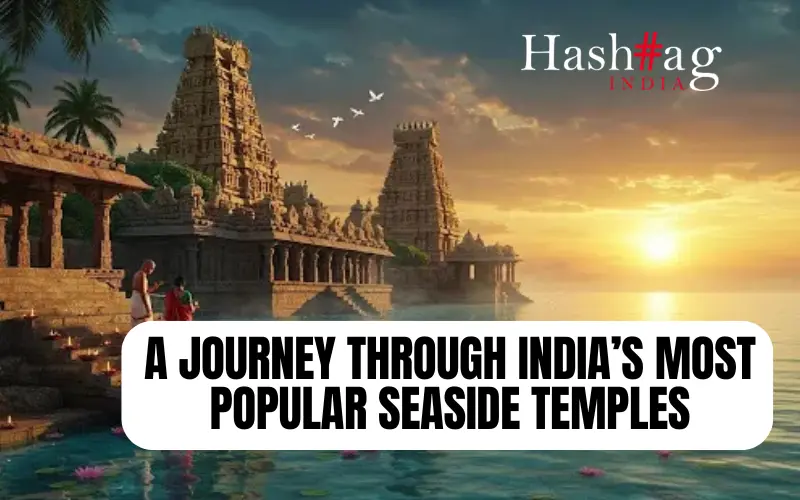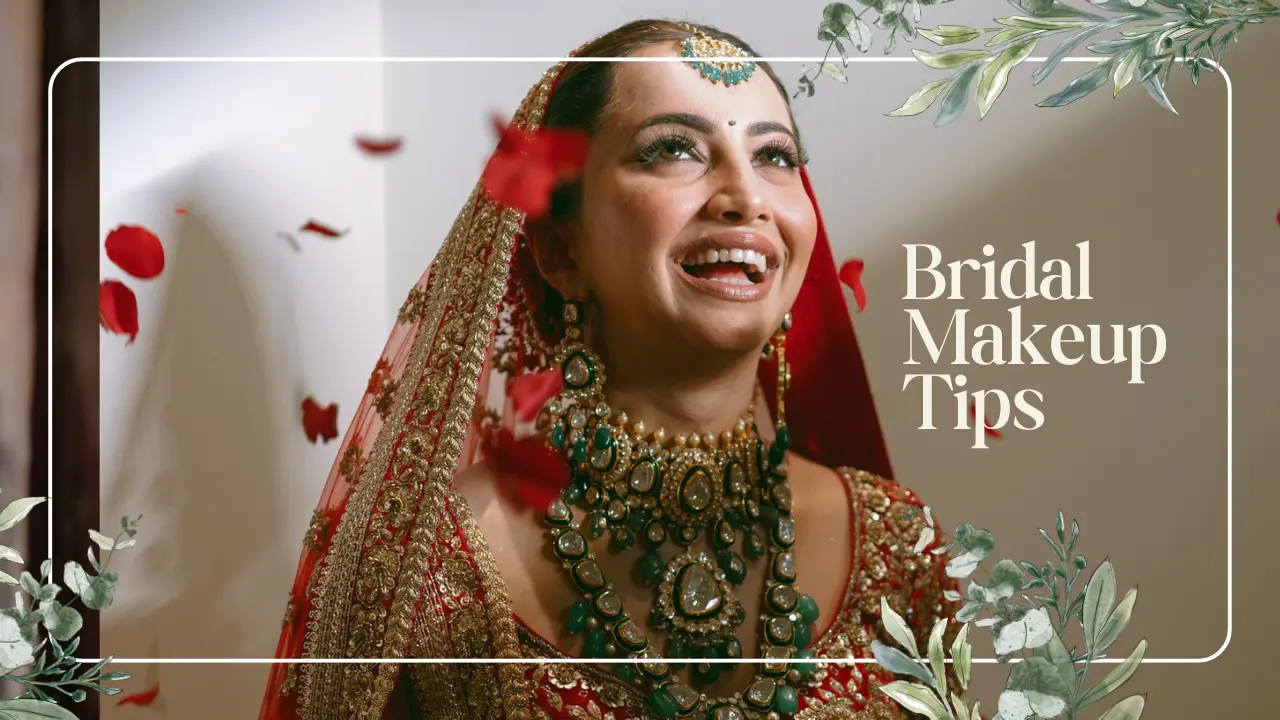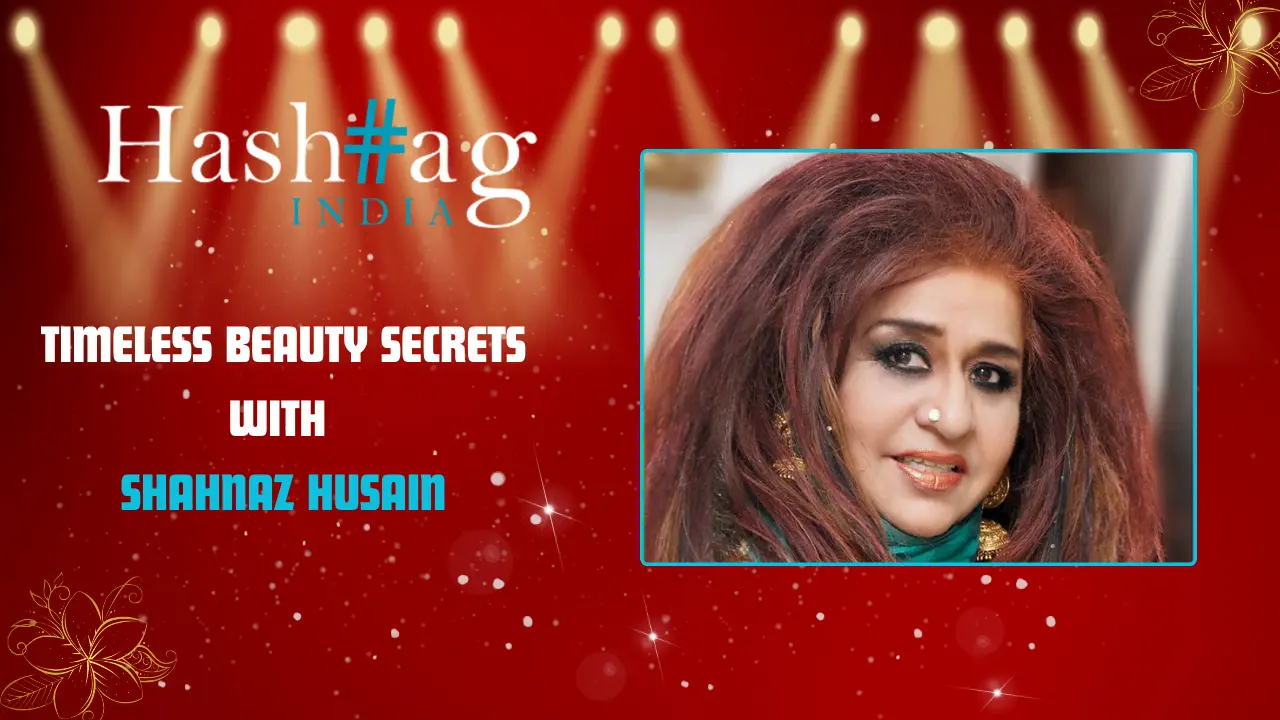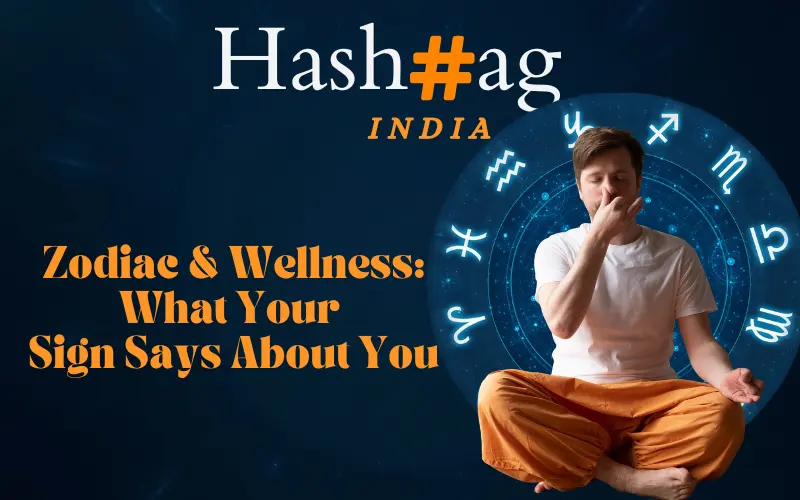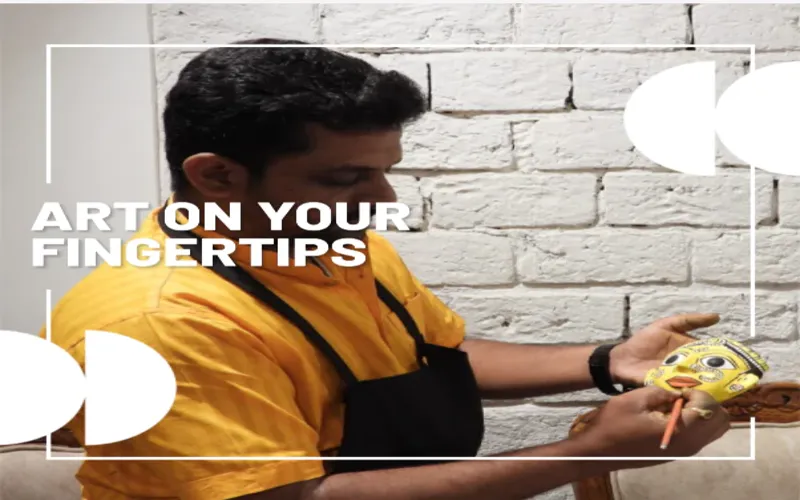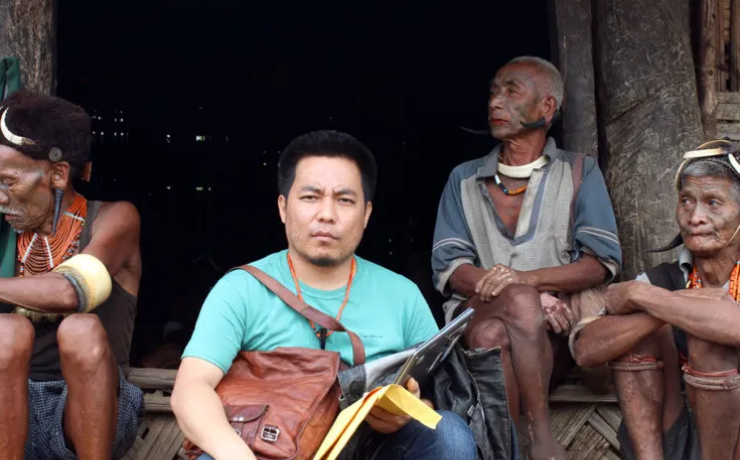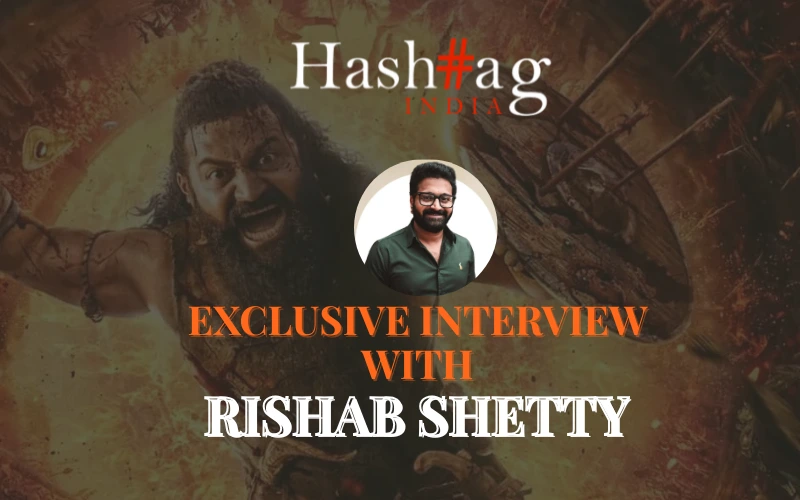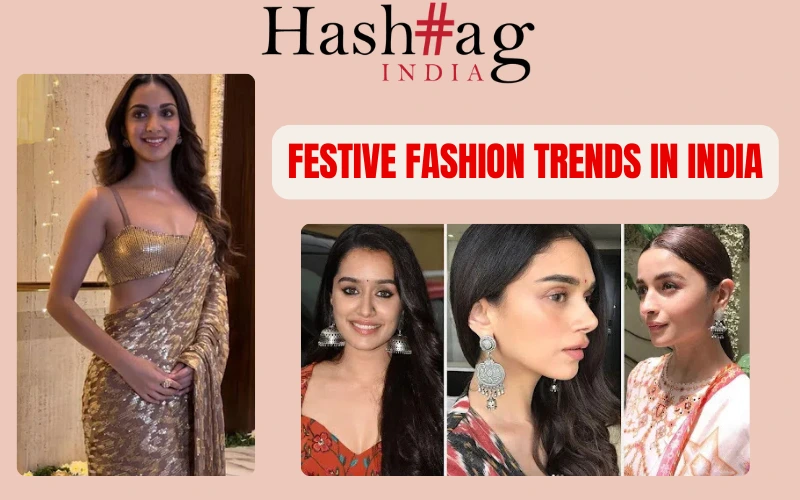Western perspectives are still evolving in the field of modern Indian art. By combining Western views with traditional Indian art forms, prominent artists have laid the groundwork for Modern Indian Art. “Look at the world from an Indian perspective, not a British perspective,” they preached. Sunny Chandiramani, AstaGuru’s resident Modern Indian Art specialist, talks to Bidisha Barik about her career and her experience at India’s leading auction house.
Sunny’s experience with AstaGuru dates back over a decade, and she has participated in over 50 auctions. She knows not only the relevance of each artwork but also the market basics and data since she is a seasoned professional in this sector. AstaGuru was founded in 2008 with the goal of providing a safe and secure platform for conducting online auctions. The name AstaGuru is a deliberate combination of the Italian term ‘Asta,’ which means auction, and the Sanskrit word ‘Guru,’ which means “master” indicating our outstanding expertise in auctioneering art and treasures in India. AstaGuru has grown and curated auctions in a variety of categories, including heirloom jewellery, silver, and timepieces, throughout the years. “At AstaGuru, I’ve had the opportunity to study and improve tremendously. One of the things I value is the chance to see the works of modern Indian artists who have left a lasting impact. Curating each auction catalogue has been tremendously satisfying, and it has allowed me to have a better understanding of the history of numerous well-known artists,” Sunny explains.
“Indian women artists have constantly received critical recognition.”
Progress of Women Artists In The Market
Women artists had trouble owning their artworks in previous centuries, but the current situation with regard to the creative triumphs of India’s women artists has resulted in a slew of high-profile exhibits and retrospectives at prestigious institutes and museums. “Whether it was the doyens of modernism like Amrita Sher-Gil, Meera Mukherjee, Arpita Singh, Anjolie Ela Menon, or senior contemporary artists like Nalini Malani, Anju Dodiya, or Bharti Kher, Indian women artists have constantly received critical recognition. Surprising auction results for works by women artists, on the other hand, have made the collecting community sit up and take notice,” Sunny explains. She believes that these victories, which honour women artists’ skills, demonstrate that India’s art market ecology is steadily progressing toward granting them their long-overdue respect.
“Success and achievement should not be viewed through the lens of gender.”
Women Leadership In The Auction House
When it comes to success and achievement in the new sector, the routes are sometimes viewed through the lens of gender. Ms Chandiramani holds a different view. “Well, I have to stress that success and achievement should not be viewed through the lens of gender.” At the same time, more women than ever before are in positions of leadership across the world. “It gives me great pleasure to announce that there are multiple women representing AstaGuru across departments,” she says, “and most of the credit for this goes to our CEO, Tushar Sethi. He’s been a fantastic mentor to the team and has always provided us with constant support and encouragement throughout the years.”
The will to succeed must stem from a desire to learn and compete in an industry with which one is unfamiliar. Sunny’s obstacles were less about her being a woman entering a male-dominated sector and more about her considerable study, research, and investigation skills to acquire an eye for the auction industry. “Learning is an endless process. It gradually becomes apparent that the more you observe, the less you know. When people seek my guidance and comments on many parts of modern Indian art, however, it is really fulfilling and empowering,” Sunny recalls.
Contemporary Artists In The Digital World
Artists struggle to gain exposure for their work in today’s digital environment, hence AstaGuru’s “Present Future” contemporary auction focuses on displaying works by contemporary artists. “The Indian art scene pulsates with numerous artists, each with their own particular visuals and style and vocabulary,” Sunny continues. The dynamic selection of AstaGuru’s contemporary art auctions represents the current art trends and gives a glimpse into the future of contemporary art in India, encompassing a diverse spectrum of paintings, drawings, sculptures, and installations. “However, art must be developed to communicate and express rather than to impress,” the Art Specialist concludes.
“Learning is an endless process.”
Quick Takes
1. Advice for budding artists?
Be dedicated to your art practice without worrying about recognition too much.
2. Top three favourite artists to look out for?
Suryakant Lokhande, Anju Dodiya, Bharti Kher
3. One thing to avoid for every artist?
Don’t make art to impress others. Create art to express.


